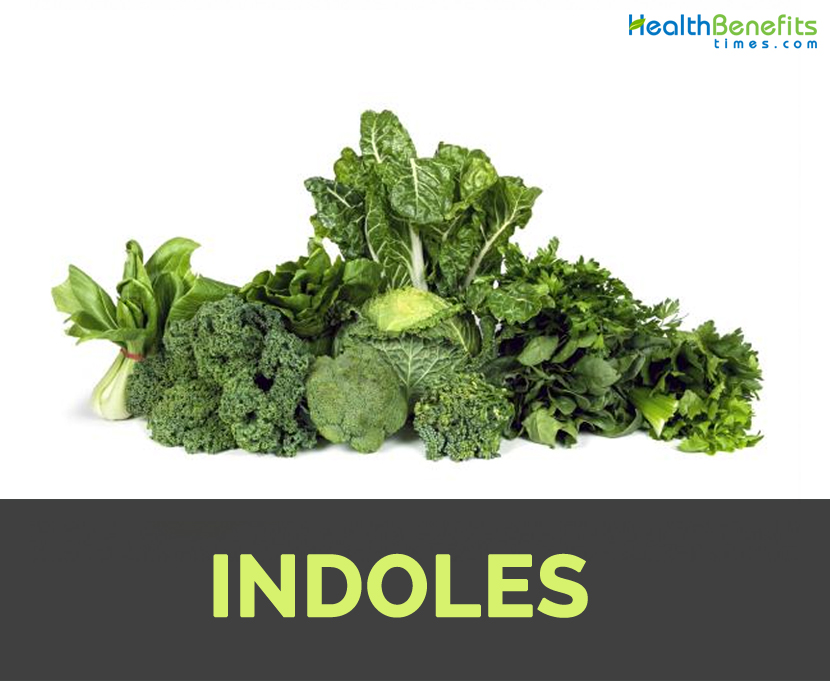 Indole is an aromatic heterocyclic organic compound having C8H7N formula. It has bicyclic structure which consists of six membered benzene ring combined to a five membered pyrrole ring. It is distributed widely in natural environment and could be produced by various bacteria. Indole as an intercellular signal molecule, it regulates various aspects of bacterial physiology which includes spore formation, plasmid stability, resistance to drugs, virulence and biofilm formation.
Indole is an aromatic heterocyclic organic compound having C8H7N formula. It has bicyclic structure which consists of six membered benzene ring combined to a five membered pyrrole ring. It is distributed widely in natural environment and could be produced by various bacteria. Indole as an intercellular signal molecule, it regulates various aspects of bacterial physiology which includes spore formation, plasmid stability, resistance to drugs, virulence and biofilm formation.
Indole is also known as Benzopyrrole which is a heterocyclic organic compound form in some flower oils such as orange blossom and jasmine, in fecal matter and in coal tar. It is used to make perfumes and tryptophan which is an essential amino acid and indoleacetic acid, a hormone enhancing development of roots in plant cuttings. Firstly, Indole was isolated in 1866 with molecular formula C8H7N. It is synthesized from pyruvic acid and phenylhydrazine though several other procedures are discovered. Moreover, indigo, tryptophan and indoleacetic acid are the various compounds that could be obtained from plant and animal sources containing indole molecular structure. Indole alkaloids are the best known group of compounds, the members of which is isolated from plants that represent more than 30 families. Psilocybin, psilocin, strychnine and reserpine belong to this group. Indole is a colorless solid with pleasant fragrance in highly dilute solutions. It melts at 52.5° C (126.5° F).
Dietary sources
Indoles could be obtained from the dietary sources such as brussel sprouts, broccoli, cauliflower, cabbage, mustard greens, horseradish, cauliflower, spinach, watercress, kale and chard.
Health Benefits of Indoles
- Prevention from various cancer types such as cervical cancer, prostate cancer, breast cancer, lung cancer, colon cancer, etc.
- Helps to lower inflammation in the body.
- With its antioxidant properties, it combats harmful free radicals.
- It assists body to get rid of toxins and also cleanse the system.
- It helps to maintain estrogen balance.
References:
https://en.wikipedia.org/wiki/Indole
https://www.britannica.com/science/indole
https://nootriment.com/indole-3-carbinol-foods/
https://www.tarladalal.com/recipes-for-Indoles-health-benefits–1190
